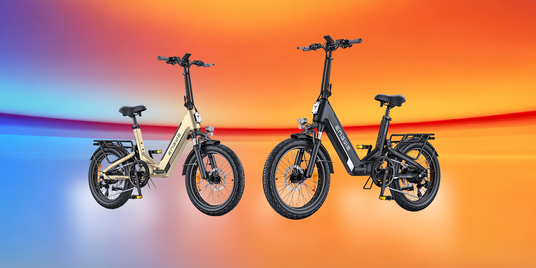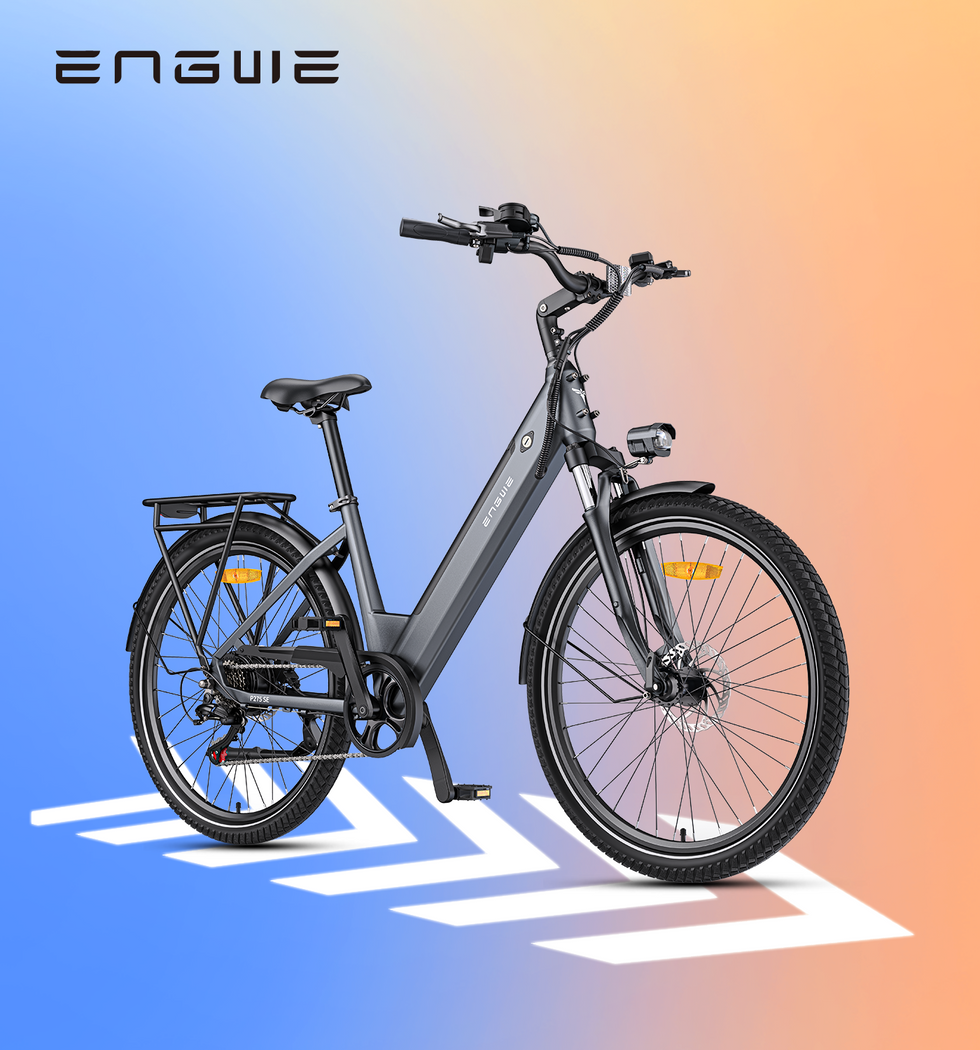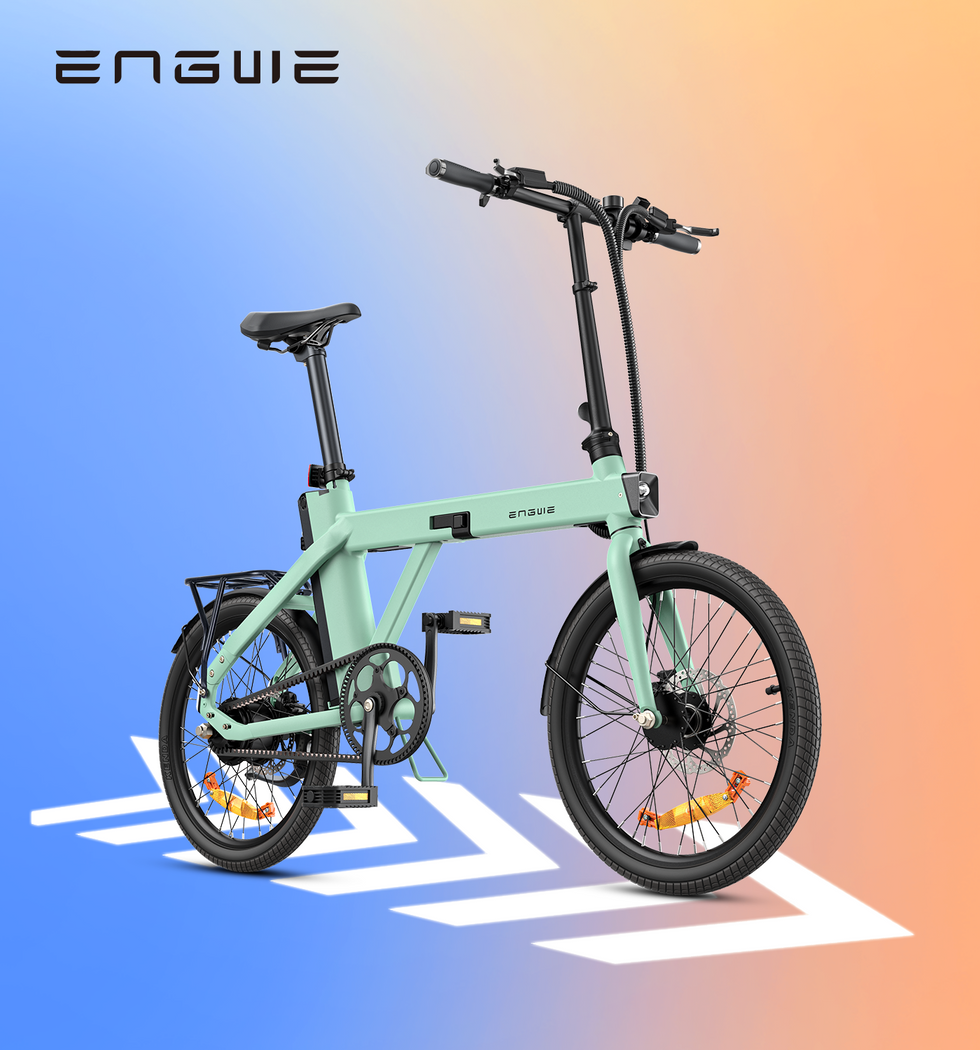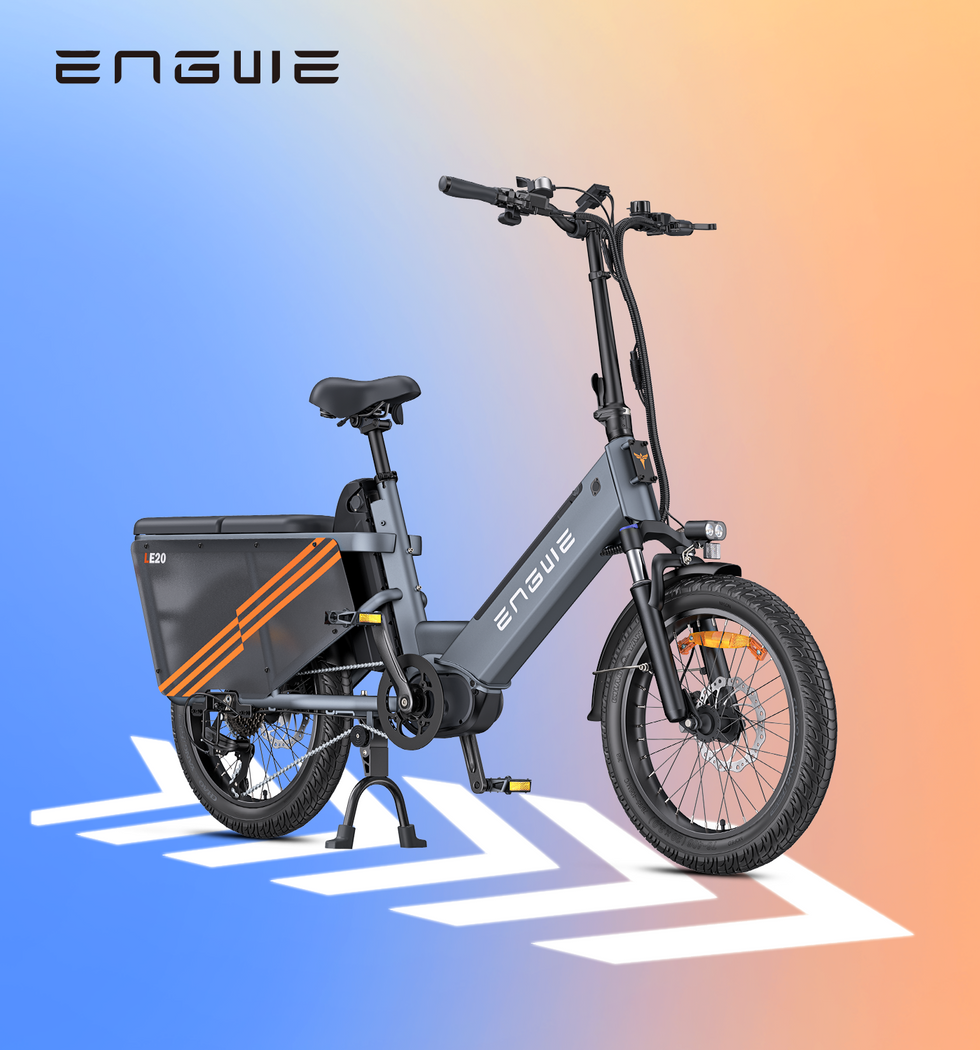Do You Need a License for an Electric Bike?
One of the most frequently asked questions I hear from friends and read in forums is whether you need a license for an electric bike. Having spent countless hours cruising city streets and country trails on an e-bike, I can say: Yes and no. But that simple answer has a big “but.” The landscape of electric bike laws is as fragmented as the land you’re hoping to ride across takes some getting used to, but knowing how they work is key if you intend to use your new two-wheeled buddy like a local. Much of the confusion arises because not all e-bikes are the same. The law doesn’t just regard an “electric bike”; it sees a specific kind of vehicle, with rules tied to how much power it is capable of generating, how quickly and where that power flows. Getting through this thicket is the first thing you do long before even considering buying, and it’s far less daunting than it seems. This guide will clarify the rules, explaining what you actually need to know to hit the road legally and enjoy the ride.
Understanding E-Bike Classifications and Regional Laws
The most important thing to understand is the classification of e-bikes. This is the system the government uses to distinguish between low-power, pedal-assist bikes and ones that are basically electric mopeds or motorcycles. Though they may vary slightly, most areas have a three-class system of some kind, especially in North America. Knowing these categories is 90% of the puzzle. Class 1 e-bikes offer assistance as long you are pedaling and cut out once you hit 20 mph. Class 2 e-bikes include a thumb or twist throttle that can run the bike without any pedaling — but also disengage assistance above 20 mph. These bikes are also pedal-assist only (or may have a throttle), but they can travel at greater speeds. The motor cuts out when the bike reaches 28 miles per hour. The vast majority of e-bikes that people actually buy for general leisure or commuting purposes are class 1 or 2, and these are the ones which almost never need a license, registration, or insurance.
| Feature | Class 1 E-Bike | Class 2 E-Bike | Class 3 E-Bike |
|---|---|---|---|
| Top Assisted Speed | 20 mph | 20 mph | 28 mph |
| Motor Operation | Pedal-Assist Only | Pedal-Assist or Throttle | Pedal-Assist Only |
| Throttle | No | Yes (up to 20 mph) | No |
Beyond that, the biggest factor in determining what exactly you need to do is where you live. In the United States, a federal law defines an electric bike and sets a power limit of 750 watts, but states have the final word on licensing and where you can ride. Most states have moved to the three-class system, treating Class 1 and 2 e-bikes like traditional bicycles — no license needed, and welcome in most but not all bike lanes. Rules are more uniform but also stricter in the United Kingdom and the European Union. An e-bike is classified under law as an “electrically assisted pedal cycle” (EAPC) provided the motor does not exceed 250 watts and assistance cuts out at 15.5 mph (25 km/h). And it’s got to be pedal-assist only; a throttle is permitted only to start, up to walking speed. If your e-bike fits these EAPC requirements then it’s treated exactly like a bicycle, which means you don’t need a license, tax, or insurance. Anything with more power, or that is faster than a moped falls into the category of a moped/motorcycle, and is subject to an entirely different (and much more strict) set of laws.

Choosing the Right E-Bike: A Compliant and Thrilling Ride
If you want an electric bike that’s both compliant and thrilling, the right model matters. This is where a name like ENGWE stands out with their powerful and diverse options made for today's riders. The ENGWE EP-2 Boost is a prime example. This all-terrain fat-tire e-bike is a testament to the perfect engineering and is basically suitable for everything, from smooth city rides to rugged trails. It comes with a smart torque sensor that results in an extremely smooth and natural riding experience as it adjusts the motor output based on your pedaling input at any given moment. Its 250W brushless motor is legal in most places, but when you need that extra push up the mountain, Boost Mode delivers a remarkable 55Nm of torque. The massive 20x4.0” fat tires sit on sturdy 1-piece rims to give your bike a sporty look and feel, ideal for riding in town or country environments. Worried about range? The 48V 13Ah battery is also easily removable and will provide the optimal pedal-assist distance of up to an amazing 120km. To really put the icing on the cake, storage and transport are a fold away, with the added benefit of its folding frame making it the ideal partner for urban utility and off-road escape.
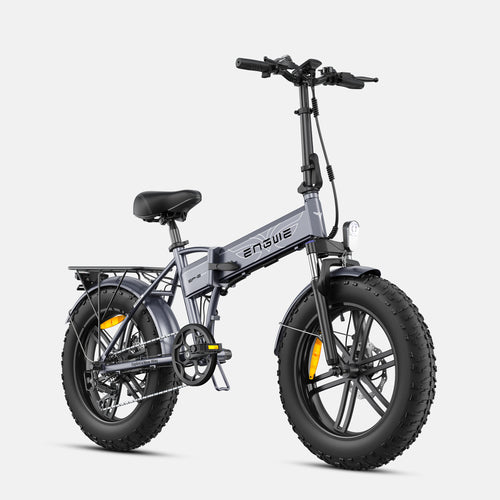
Know the Rules of the Road
In addition to licensing, there are several other key rules of the road that e-bike riders should know. Helmet laws are the perfect example. It’s not always mandatory for adults riding Class 1 or 2 e-bikes, but universally recommended and often required for riders below a certain age (usually 18). Age limits also apply in many locations; typically, you must be at least 14 or 16 years old to ride an e-bike. Another common question is where you can ride. In general, if your e-bike is categorized as a standard bicycle based on local regulations, you can ride it anywhere bicycles are allowed, including bike lanes and bike paths. However, some local municipalities or park authorities may have distinct rules in place, especially for Class 3 e-bikes or on multi-use trails with pedestrians, so be sure to check any signs posted at a particular location. Riding on sidewalks is virtually always illegal and a fast way to get a ticket (if the cops even bother), not to mention pissing off pedestrians. Lastly, although it’s not generally mandated by the law for a regular e-bike, insurance is an incredibly smart thing to get in order to protect against theft or liability.
Well then, how can you know that you're riding legally and without a worry? It's just a matter of a quick pre-ride checklist.
STEP ONE: Find out the specific e-bike regulations in your state or country. A fast Google search of “[Your State/Country] electric bike laws” will typically return government or DMV pages which provide the most accurate info.
Second, know your bike. Know its class, what the motor does, and at what speed you are being assisted. The manufacturer always provides a sticker on the bike frame which you can use to determine this. If your bicycle fits the local definition of a bike, you’re probably OK.
Third, and most relevantly, obey the general road rules. Ride with traffic, signal your intentions and follow the vehicle code as carefully as those drivers who try to kill you. The best way to stay safe and protect the image — and access rights — of all e-bike riders is to be a responsible rider.

Five Common Questions Answered
1. What if my electric bike goes faster than the legal limit?
If your e-bike’s motor is more powerful than the local power limit (e.g., 750W in the US, 250W in the EU/UK), or can be ridden with throttle only at speeds over that threshold, you’re probably dealing with a moped/motorcycle. That would mean that it would be subject to a license, registration, and insurance laws, and could only be operated on public roadways, not bike paths.
2. How do I insure my e-bike?
Though not mandated by law in many cases for a normal e-bike (Class 1-3), it’s definitely a good idea. Some coverage might be available through your homeowner’s or renter’s insurance, but specialized e-bike policies offer more complete protection against theft, damage, and liability in the event you get into an accident.
3. Can I ride my e-bike on sidewalks or pedestrian paths?
With very few exceptions, no. E-bikes are vehicles, like regular bicycles, and should be ridden on the road or in bike lanes. City-riding on a sidewalk is hazardous to pedestrians and illegal in most municipalities.
4. How old do you need to be to ride an e-bike?
Age limits apply in many places, with minimum ages generally between 14 and 16. This is even more so for higher-speed Class 3 e-bikes. Be sure to also check any local state or city ordinances for age-specific rules.
5. How can I tell what class my e-bike is?
Most manufacturers adhere to regional regulations and place a sticker onto the frame of their bike that clearly states its class (known as Class 1, 2 or 3), how fast it can assist you and how many watts its motor produces. If it’s not located on the bike, you can locate this information from your user manual or on the product website. Knowing these basic rules is your gateway to infinite fun on two wheels.
